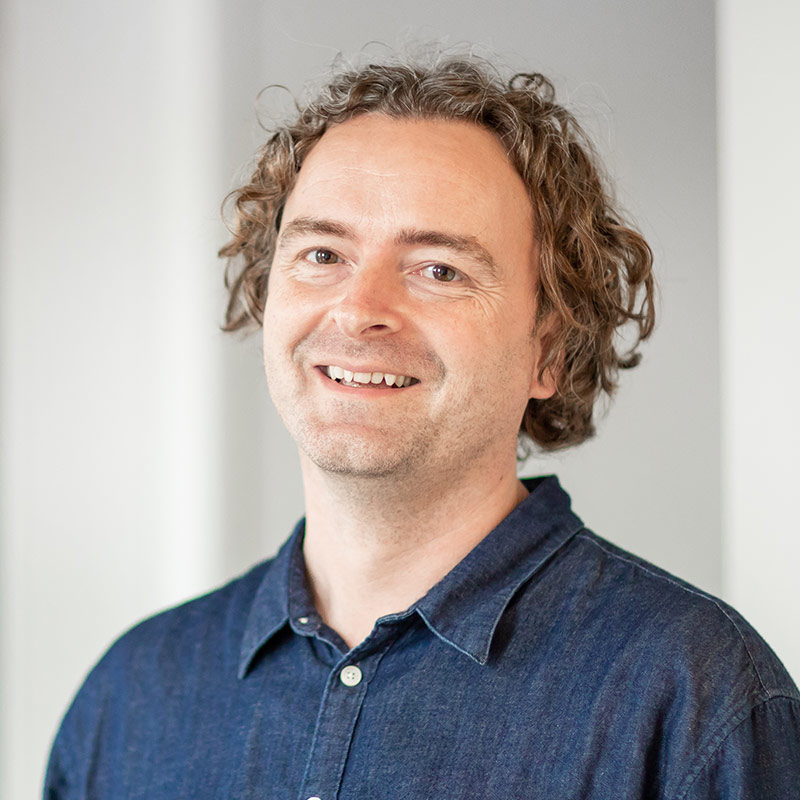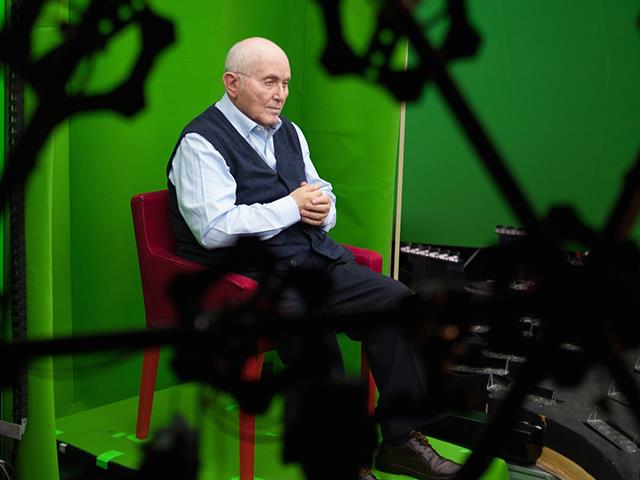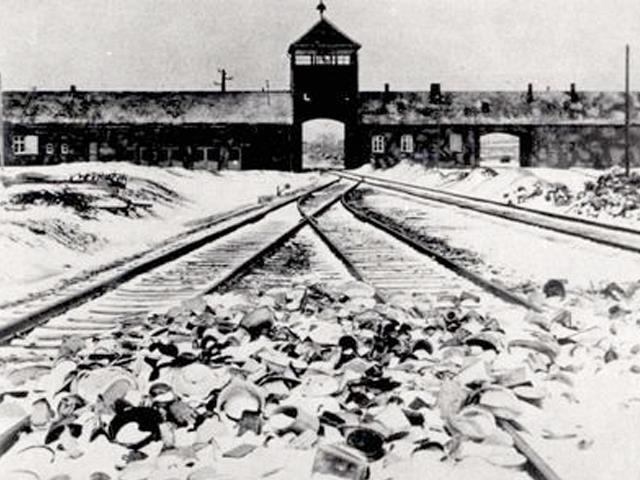About the Film
Barry Levinson’s biographical drama stars Ben Foster as boxer Harry Haft, who looks to carry on after fighting to survive in WWII concentration camps. Haft is a man bent, bruised, but never broken by his experience of the Holocaust.
When the Nazis invade Poland, Harry Haft is sent to the Auschwitz extermination camp. He is a powerfully built man, so a charming but sadistic officer (Billy Magnussen) offers him an impossible deal: fight fellow prisoners in the boxing ring for the amusement of his captors, or die. The winner of the bout survives to fight again. The loser is shot or sent to the gas chamber. How far will Harry’s will to live take him? What will he do to escape the death all around him?
Levinson weaves these harrowing scenes together with two key later periods in Haft’s life. In 1949, Harry has made it to America. Shattered by the camps, he falls into the only life he knows: boxing. A trainer (Danny DeVito) helps him prepare to fight Rocky Marciano, and it looks like a hopeless contest for him. It’s during this time that he meets a woman dedicated to helping survivors find their loved ones (Vicky Krieps), but their personal traumas make the relationship a daily struggle. Later, in 1963, Harry tries to reconcile with the worst of his memories and find a way to love.
The Survivor is produced by New Mandate Films’ Matti Leshem (“The Shallows”), BRON Studios’ Aaron L. Gilbert (“Bombshell,” “Monster,” “The Front Runner”), Baltimore Pictures’ Jason Sosnoff (HBO’s “Paterno” and “The Wizard of Lies”) and Barry Levinson (“Donnie Brasco,” “Bugsy”) and Scott Pardo (“Hope & A Little Sugar”). Executive Producers are Joel Greenberg, Ben Foster, Danny Devito, Brenda Gilbert, Steven Thibault, Ashley Levinson, Anjay Nagpal, Ron McLeod, Jason Cloth and Richard McConnell. The film is from New Mandate Films and BRON Studios, in association with Baltimore Pictures, Endeavor Content, USC Shoah Foundation and Creative Wealth Media.
Official Trailer
An Interview with Institute Curator Crispin Brooks
On the Making of The Survivor
Crispin Brooks is curator of the Visual History Archive and over the years has played a key role in archiving its testimonies. He is also immersed in Eastern European studies. He spoke to us about consulting on The Survivor.

Arrival at Auschwitz - Images and Individual Experiences
Students will consider the personal experiences of those who arrived on the ramp at Auschwitz-Birkenau. They will explore images of the arrival of Hungarian Jewish men, women and children in 1944 as well as listen to survivors who endured a similar process.
grades 1 Hour
time Mini Quest
activity
A Conversation with Pinchas Gutter - Dimensions in Testimony
In this activity, students will be introduced to the interactive biography of Jewish survivor, Pinchas Gutter and will engage with him through USC Shoah Foundation’s Dimensions in Testimony technology.
grades 1 Hour
time Mini Quest
activity
Educational Resources
USC Shoah Foundation has developed Interactive digital activities for middle, high school and college students to help them better understand the Holocaust and the experience in the camps and of survivors. These resources can be utilized by adults as well.
Harry Haft on boxing for the Germans
In this clip from his 1995 testimony, Harry Haft describes how winning was a matter of life or death.


